/carry
Things I consistently carry on my person.
Phone
![]()
I mean, who doesn't, right?
I've been in the Android ecosystem since around 2013. The original impetus to move to Android from iOS was a practical one: I was traveling a lot back then, with generally a couple international trips annually. Android phones were cheaper, which allowed me to pay for them up-front — which meant I could get them unlocked by my provider, and thus swap SIMs when I travelled.
I started with a Nexus 4, eventually went to some Motorola models, then to Nokia, and am now back with Google and using Pixel series phones. I always go with the "a" series, as they're reliable and performant enough for my needs. They're also cheaper, particularly when you buy them just before the new models come out; two years ago, I traded my 4a in for a 6a a month before the 7 models came out, and paid under $100; this year, I took the $150 credit for my 6a when Google announced a battery issue, and updated to a 7a.
I've felt for years now that phones are more than capable for anything I'm tasking them with, which is generally a web browser, my password manager, and a handful of lightweight apps. I buy a new one generally only because the old one starts having issues charging or keeping a charge.
It's nice to be off the upgrade treadmill.
Yubikey 5
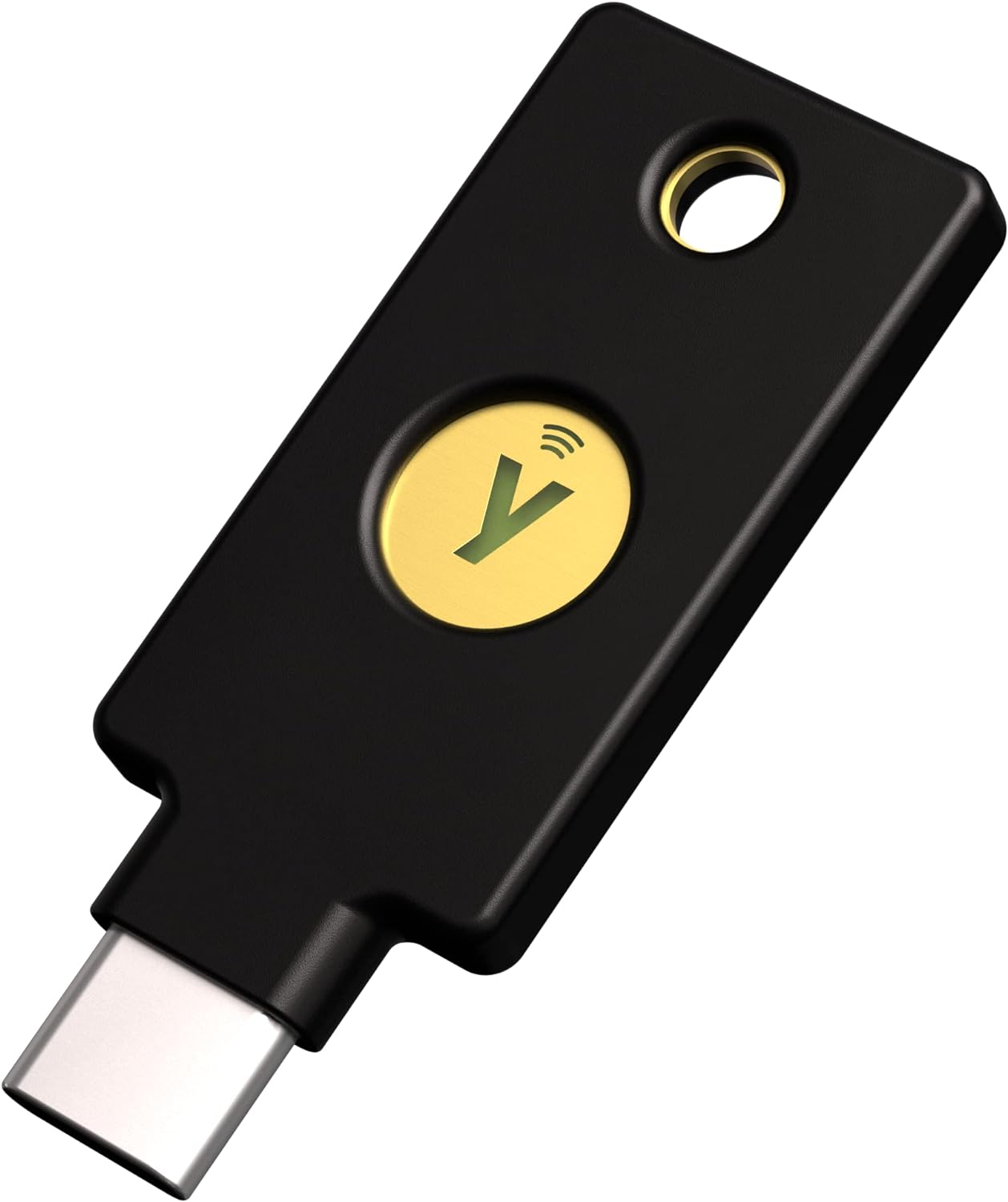
Good security involves something you know and something you have. To that latter end, I have a Yubikey 5 with the USB-C port. This is the third Yubikey I've had; I started with one Github sent me, upgraded to a Yubikey 4, and moved to the 5 so I could get USB-C support.
Besides using it to provide 2FA for websites, I also use it to:
- Act as a second factor for logging in to my Linux computers, via a PAM module.
- Act as a second factor for sudo access on those machines.
- Act as a GPG smart card, storing my signing, authentication, and cryptography keys.
- Act as my SSH authentication key (via GPG)
(I've written a gist detailing my setup previously.)
I carry this on a keyring that I keep on my person at all times. Since my phone has USB-C, this means I can use it with my phone when needed, too. (Supposedly it also works via NFC, but I've never tried.)
Multi-Purpose Key Tool
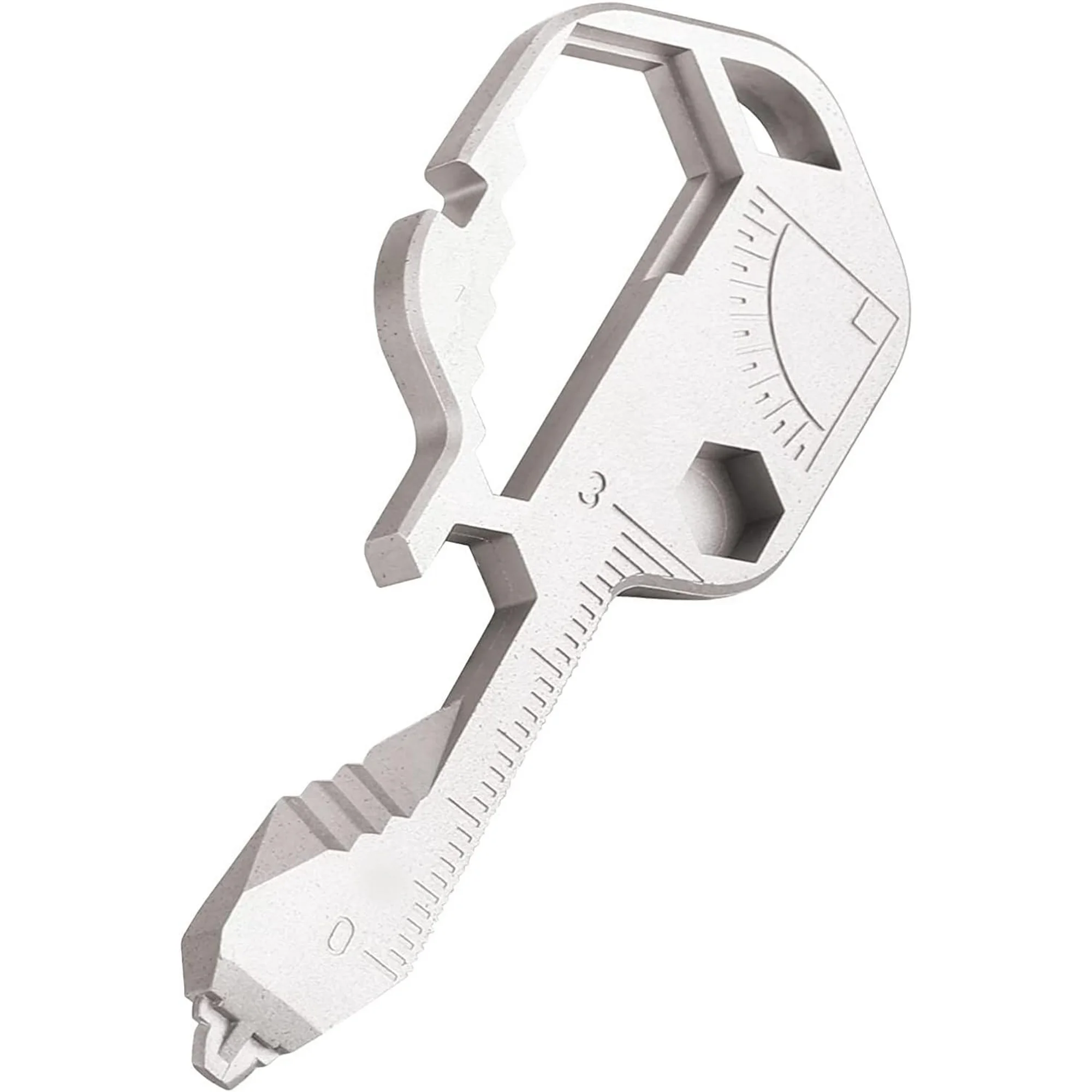
Because I work from home, I generally don't need to keep actual keys for doors on me. However, I often will have a need for a tool: a screwdriver, a box cutter, a wrench, etc. I found this little beauty a few years back, and it goes everywhere with me.
That little screwdriver on the end? It works for electrical face plates, and even as a prying tool. I've used the hex openings to loosen nuts on my bike. It's a surprisingly useful tool to have around.
Unfortunately... I don't know the manufacturer, and they no longer carry it on Amazon, where I purchased it. There's lots of similar ones to be found, though.
Keyring USB-C Drive
It's often useful to have a USB drive around for copying files from one machine or phone to another, or to perform quick backups — or even to act as a rescue disk. I've been carrying a keyring-sized USB-C drive for years now, and replace them periodically when I start noticing data corruption or machines stop recognizing them. I keep a bootable Ubuntu rescue drive on it, as well as a data partition. Anything over 64GB that can be attached easily to a keyring will do.
Amazfit GTR-4
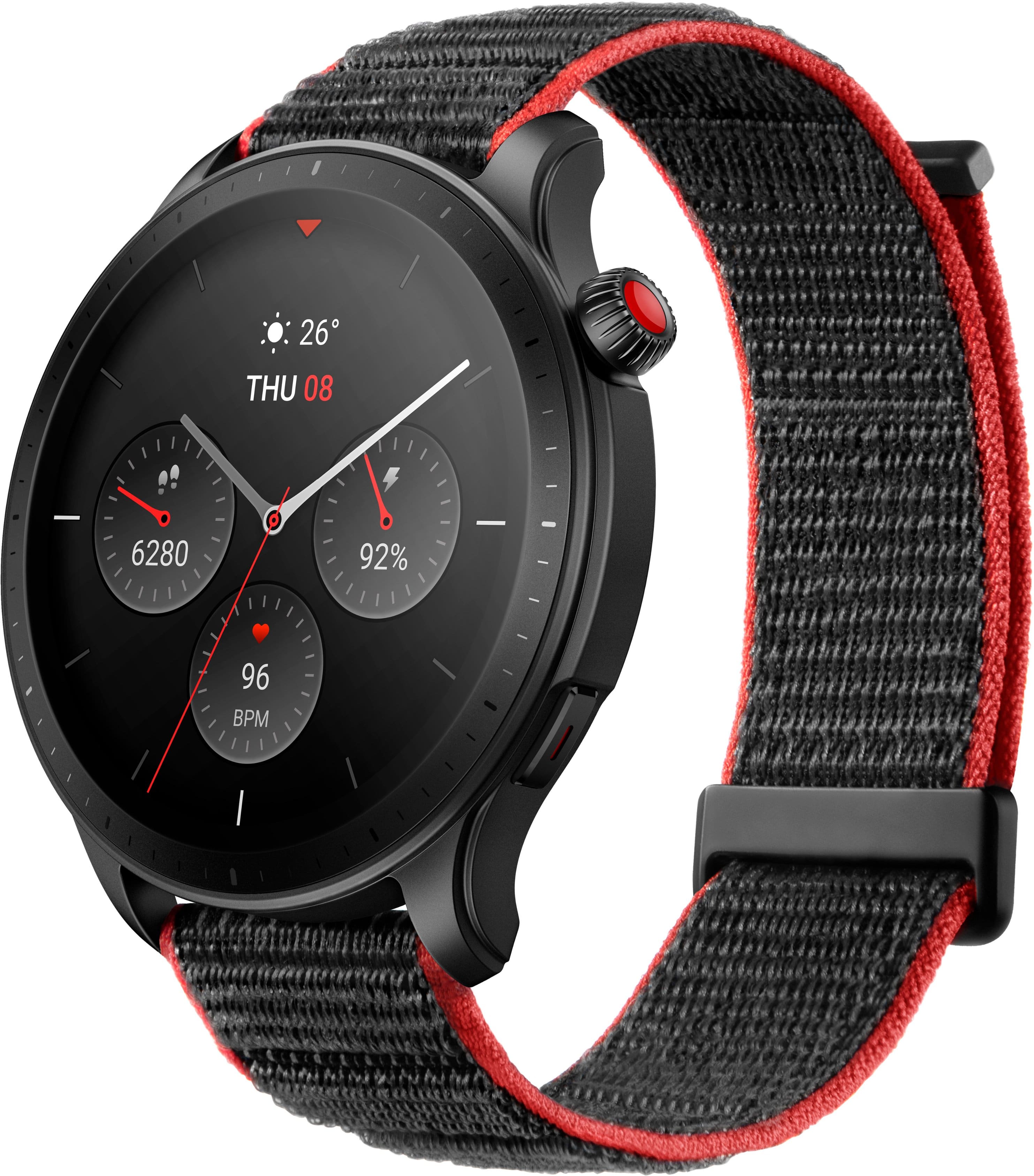
I stopped wearing smartwatches somewhere between 2017 and 2019, and thought I was done with them. But in 2024, I started noticing I was waking up not feeling rested again, and thought it might not be a bad thing to get some tangible data, and started looking for a new one.
I've previously owned a Pebble, a Pebble Time, and then later a Fitbit Versa. Each of these had decent battery life, and that's a must-have criteria for me; if I have to charge it daily, I won't use it, and ideally I'd like to be able to charge at most once a week, as that becomes easy to schedule.
I was also more interested in health tracking this time around — not steps, but heart rate monitoring and blood oxygen saturation tracking. The reason I stopped wearing smart watches was because I was sick of the gamification of health as measured by activity. I really want to be paying attention to other health indicators, and seeing how changes in my activity and lifestyle support better health.
I also didn't want to pay a lot, as I wasn't sure if I'd wear it long term, or only until I got the data I wanted.
In my research, the Amazfit GTR-4 kept coming up as a good watch, and it ticked all my boxes, including a purported 14 day battery charge.
Friends: I've not been disappointed.
I use it to track workouts. I wear it around the clock, so that I get sleep tracking. I use it for timers for my tea and when cooking. I use it to check the weather. It even has GPS and is able to tell me how far I walk, and where.
And the battery consistently lasts more than two weeks. I've gone up to 18 days, and even then, I still had 5% charge! At the two week mark, I usually still have 20%. Frankly, it makes me wonder why Apple, Google, and Samsung aren't able to create watches with better battery life.
Oh, and the health data? Turns out I'm fine. Heart rate and O2 saturation are healthy; it was likely just stress and overwork. But having a smartwatch gave me that data, which was important.
What's been really fun is that I had just started working out regularly again when I bought it, and I've been able to see how my ability to perform sustained activity and, better, recover from it, has improved, due to the heart rate monitoring and O2 saturation metrics. The real proof was going into the doctor for a checkup, and having the lowest blood pressure readings I've had in probably 2 decades. So this one will be sticking around!
Loops earplugs
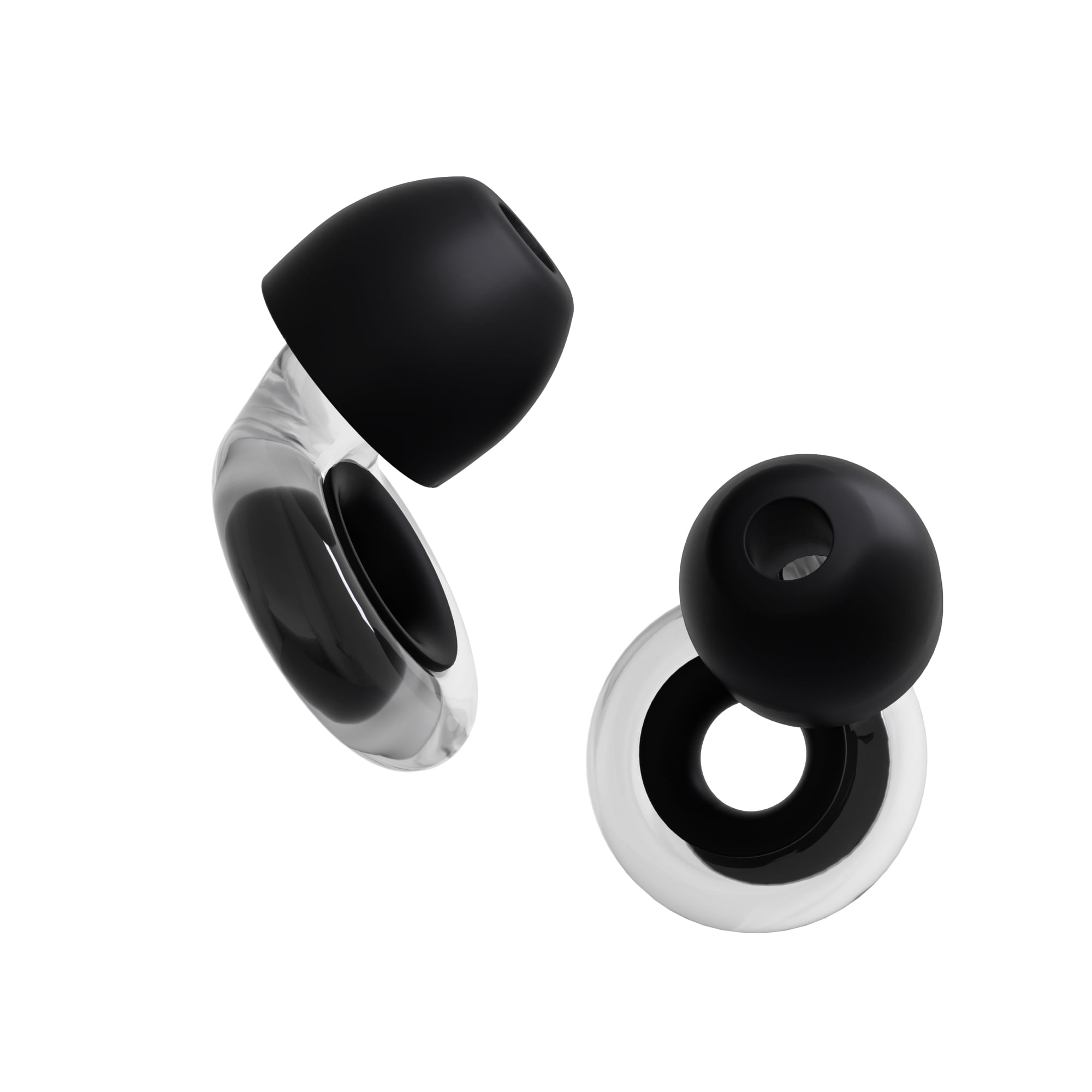
Look, I'm not getting any younger. Being in crowds or social situations, I find it increasingly hard to tune out background noise. Being in the same room as my dogs when they're playing makes me irritable due to how loud they can get.
And I like live music... but I also want to enjoy it.
I got myself a set of Loops Engage earplugs, and they've been amazing. I keep them in my pocket all the time now, so I can pop them in when I need them.
Serman Bifold Money Clip Wallet
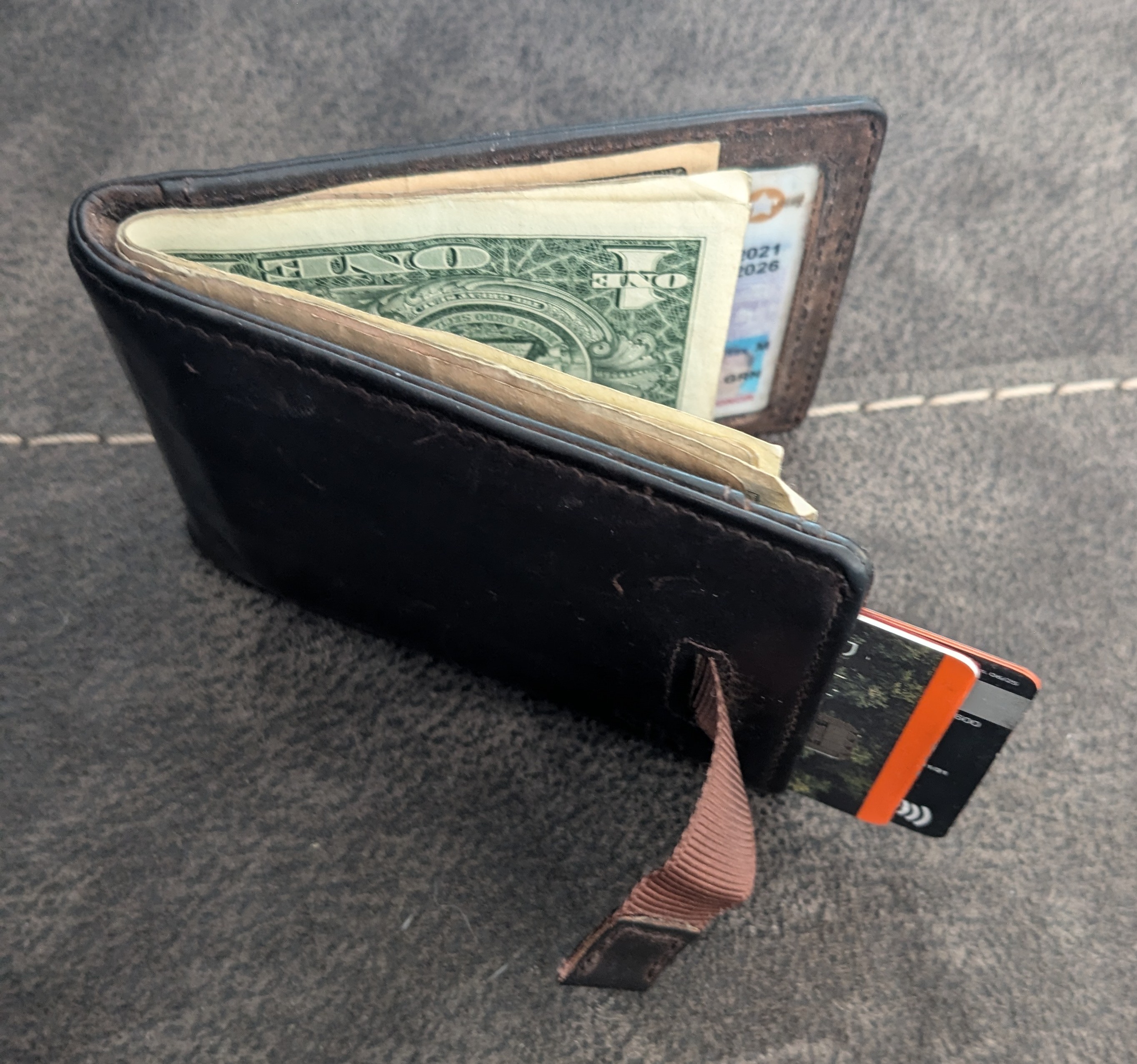
It's a simple bi-fold wallet, but each "wing" of the wallet acts as a card holder, and has a pull strap to provide access to the cards in them; I can carry 3-4 cards in each. Inside the fold, there's a spot for your identification, and a couple slots for additional cards. Finally, there's a money clip integrated into the fold for when you have cash.
I don't have a lot of cards or cash on hand generally, so this slim wallet meets my needs.